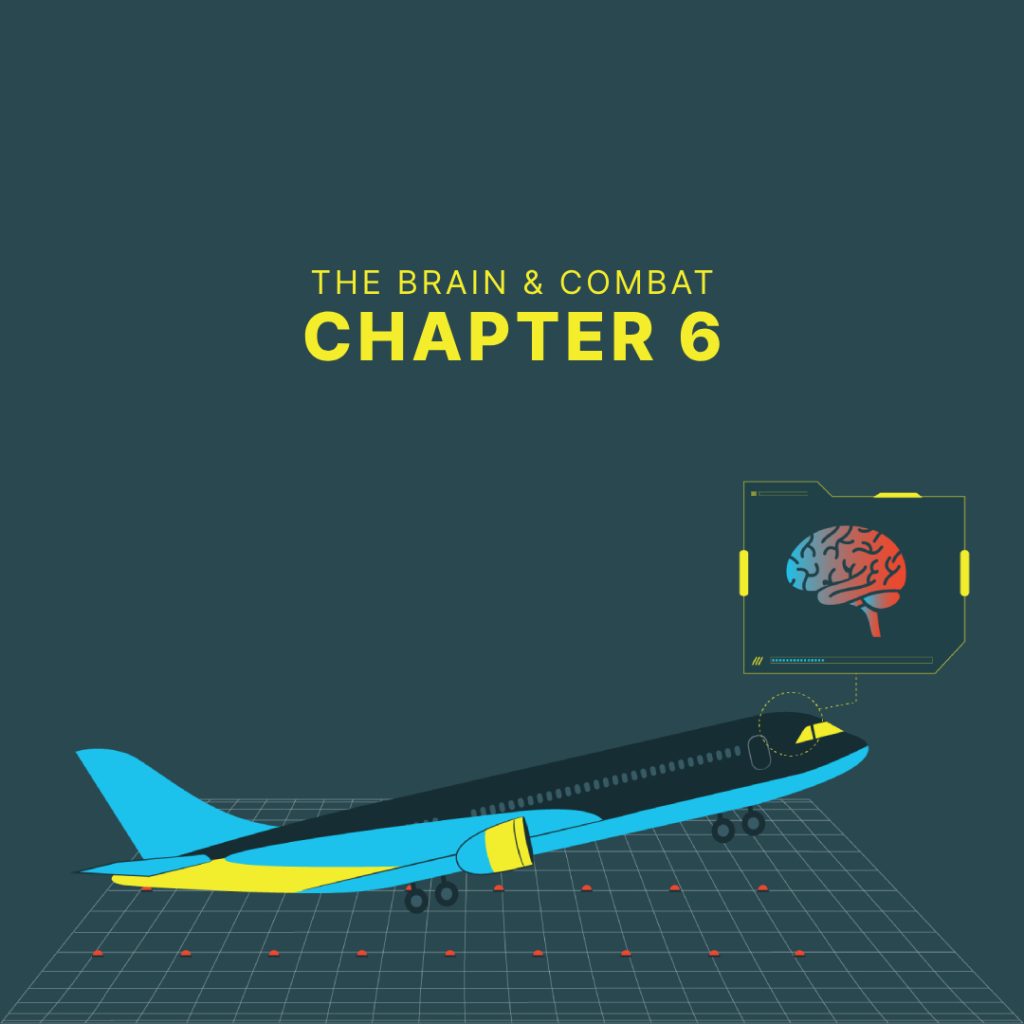Back
In this fifth chapter of The Brain and Combat series, we go through the medium and short-term mental preparation techniques intended to help you control your condition throughout the day of the tournament.
The methods provided are very practical, just like the previous chapter on long-term preparation techniques. However, due to their limited reach, their aim is to adjust in-situ conditions instead of making fundamental changes, complementing long-term techniques with some last-minute firefighting.



